What to draw in a sketchbook for a beginner
A sketchbook is an album or notebook that is always at hand for any artist or just a creative person. There are no single rules for maintaining a sketchbook, just as there is no single correct drawing style. It all depends only on the imagination of the owner of the notebook.
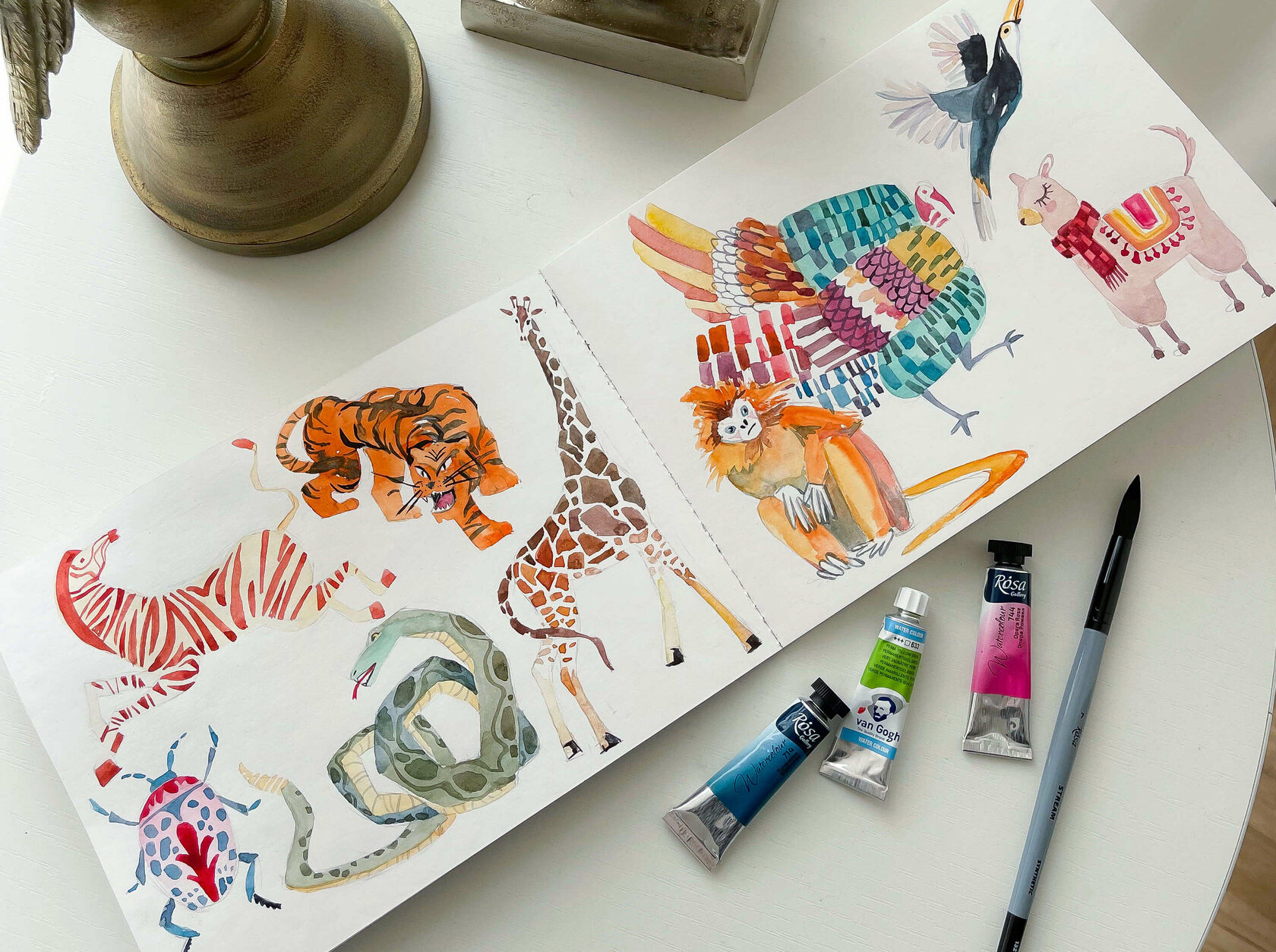
But if for experienced artists it is obvious what they need a sketchbook for, then a beginner is faced with a number of questions:
These and many other questions can be answered below among 15 tips for beginners.
- how to choose the right notepad;
- how often you can use it;
- what can be drawn in a sketchbook;
- what to do with failed drawings;
- how to make your sketchbook outstanding and stylish.
These and many other questions can be answered below among 15 tips for beginners.
What to draw in a sketchbook
Usually in a sketchbook they draw quick simple drawings or make sketches. You can take a course in sketching with markers, learn the basics of pencil and watercolor drawing at an art school, or you can learn to draw on your own using publicly available materials. In any case, sketching is a constant attempt to depict something new or improve an old drawing.
SKETCHING WITH MARKERS
10 lessons
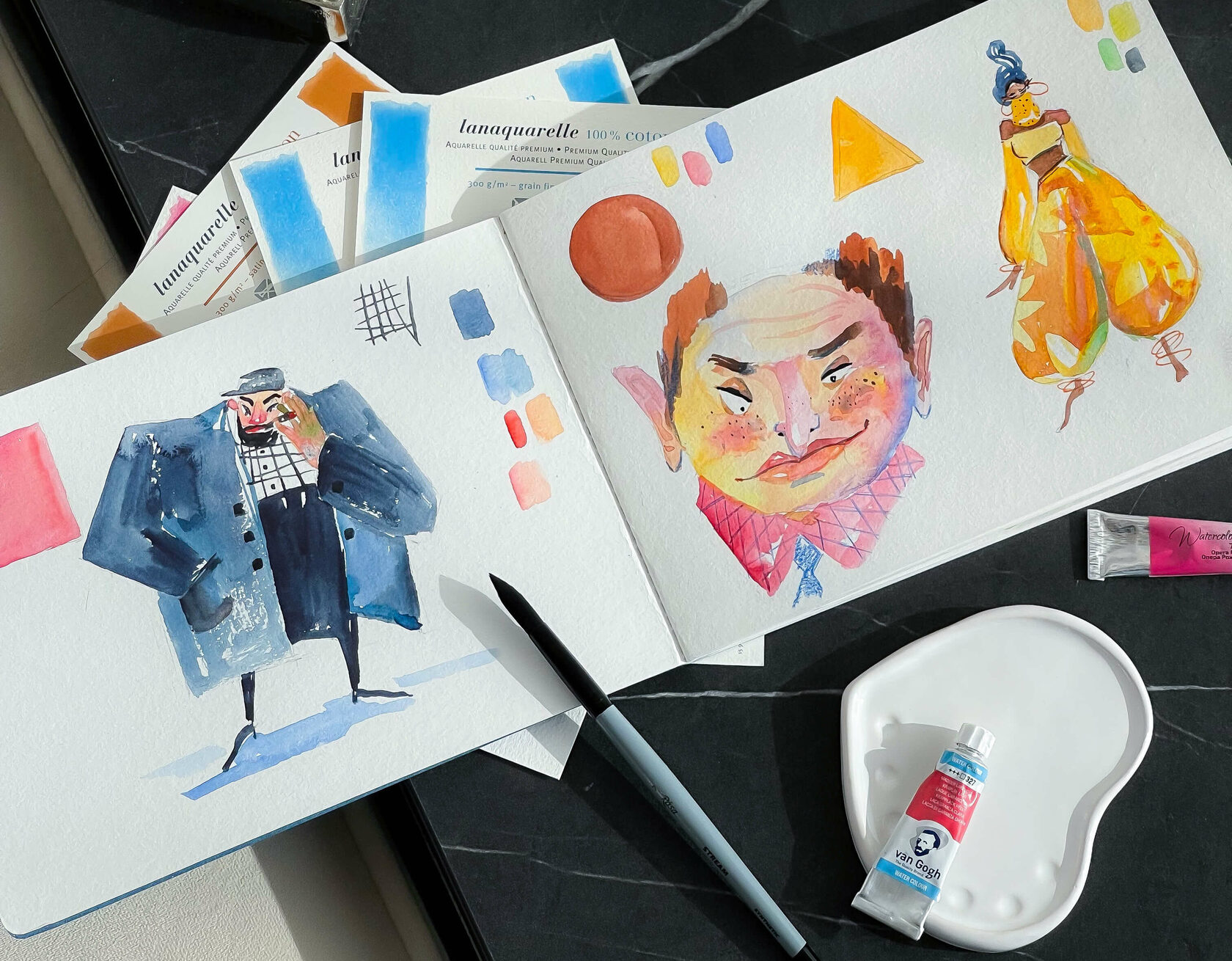
For those who do not know what to draw and do not want to limit themselves to one direction, there is Matt Fussell's list of 101 sketchbook drawings. His ideas are both ordinary and ordinary, but this is what allows everyone to follow his path, because everyone understands well how what Fassel proposes should look like, but he would hardly decide to portray it all himself. Matt suggests depicting an old pair of shoes, a mountain of dirty things, the view from the window, flowers in a vase, people in line, calm water and much more. It will be an interesting experience to draw all this, continue your training and after a while come back and repeat the entire list of drawings again.
- Selection of materials for work
The role of a sketchbook can be performed by absolutely any notebook, album or notebook. Most often choose the size A4, A5 or A6. The binding is also different: bound pages, paperback or spiral. At the same time, notebooks with a spiral are less suitable for panoramic drawings - spreads. Which notebook is right for you is purely a matter of taste and personal convenience.
The type of paper should be selected depending on what materials you plan to work with in the notebook itself. For work with a simple pencil, it is best to take a notebook with smooth paper, it is better to draw with markers on thick paper, but for watercolor it is worth taking thick, but loose paper that is resistant to moisture. There are also universal albums where you can alternate materials to suit your mood.
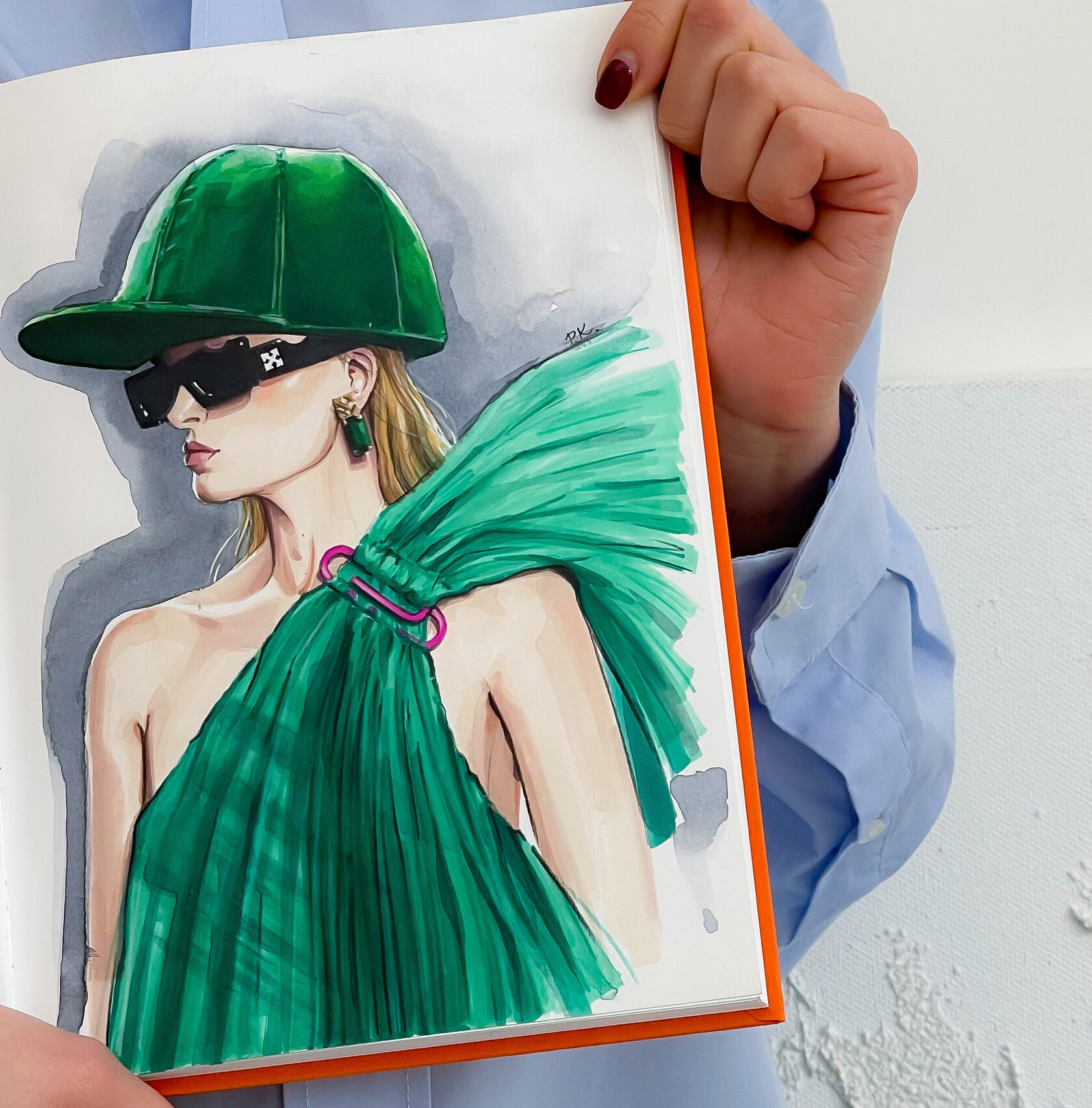
Do not take too long to choose your future sketchbook. This is a work tool, not a family heirloom. Feel inspired - take it and start creating.
2. Sketchbook Design Ideas
What can be drawn in a sketchbook and how to arrange these drawings is just a matter of the artist's imagination. Someone chooses a single style for work and performs all the drawings in black and white or color, draws comics or landscapes, sketches the interior or draws up panoramic spreads. There are those who do not adhere to any rules and draw what is inspired at the moment. A sketchbook is a kind of personal diary of an artist, so it’s up to you to decide whether outsiders will see the drawings, whether it’s worth putting frames or drawing everything.
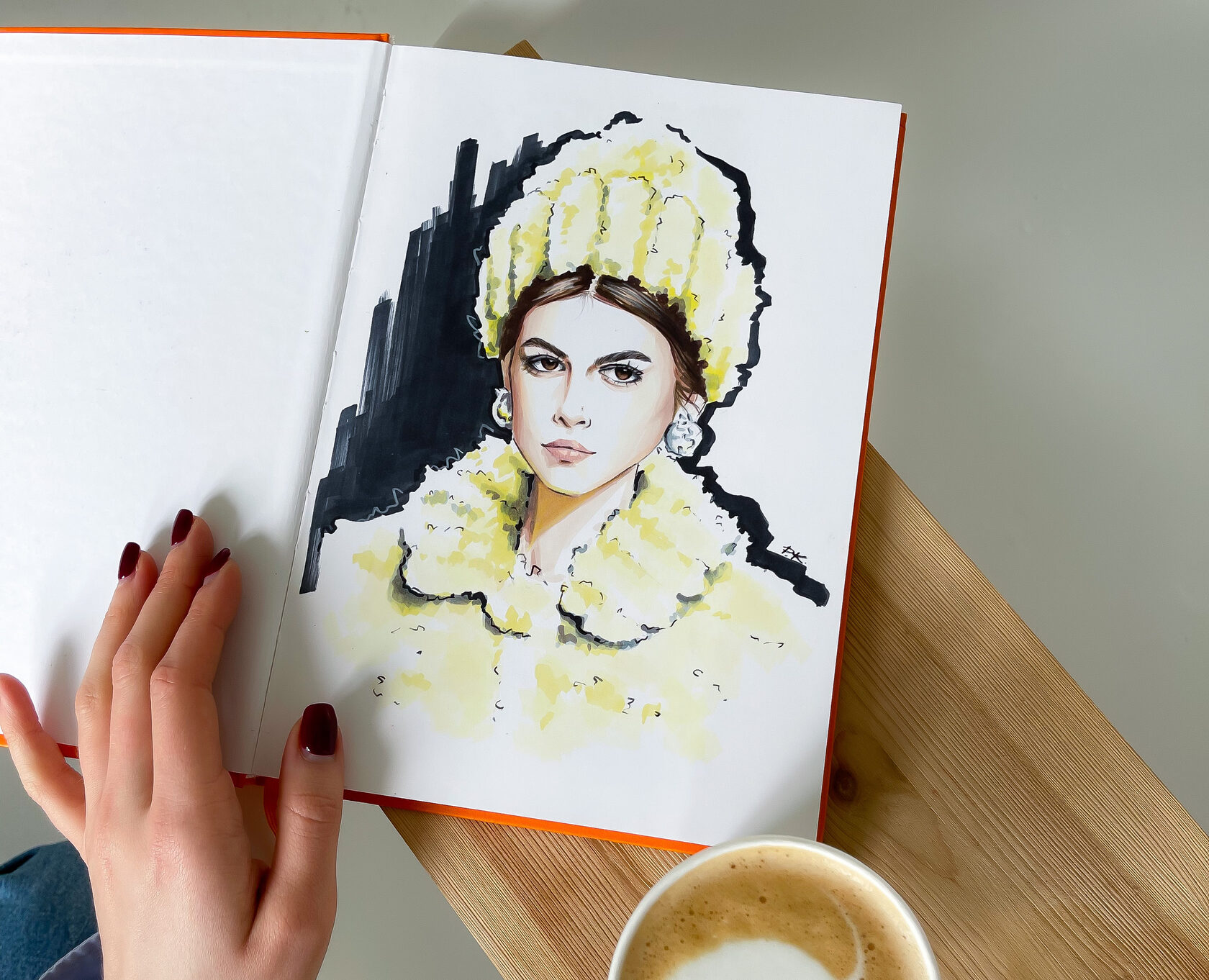
For those who do not yet know how they would like to see their first sketchbook, we offer a few ideas:
Whether to use one of these ideas or try something of your own is absolutely unimportant. In any case, your sketchbook should be exactly what you like.
- choose a common theme for your drawings. You can draw food, nature, interiors, people, abstract patterns, travel sketches and much more.
- alternate styles on even and odd pages, sometimes adding panoramic spreads
- combine drawing with appliqué, notes
- repeat the same pattern until you perfect it.
Whether to use one of these ideas or try something of your own is absolutely unimportant. In any case, your sketchbook should be exactly what you like.
3. Draw anywhere and anytime
A real artist never limits himself, which is why the sketchbook is always in your pocket or bag. Draw every day without fear of failure and broken pages. Start on your own or with basic courses for beginners.
Keeping a sketchbook is a constant learning and self-improvement, writing down your thoughts, sketching random events and using sudden inspiration. You should not think about what will come of it, you just need to draw.
4. No comparisons!
Never compare your sketchbook with someone else's. This is just your path to excellence. Just as we all learned to walk, eat with a spoon or write in different ways, we learn to draw in the same way. At the same time, each artist eventually develops his own style, a kind of handwriting in his drawings, which makes him a bright individuality. To some, this style will seem unsurpassed, and someone will consider the drawings to be bad taste. Remember that not everyone likes even Leonardo da Vinci or Aivazovsky. So why wait for approval from those who have already gone their way or, on the contrary, did not even begin to start it?
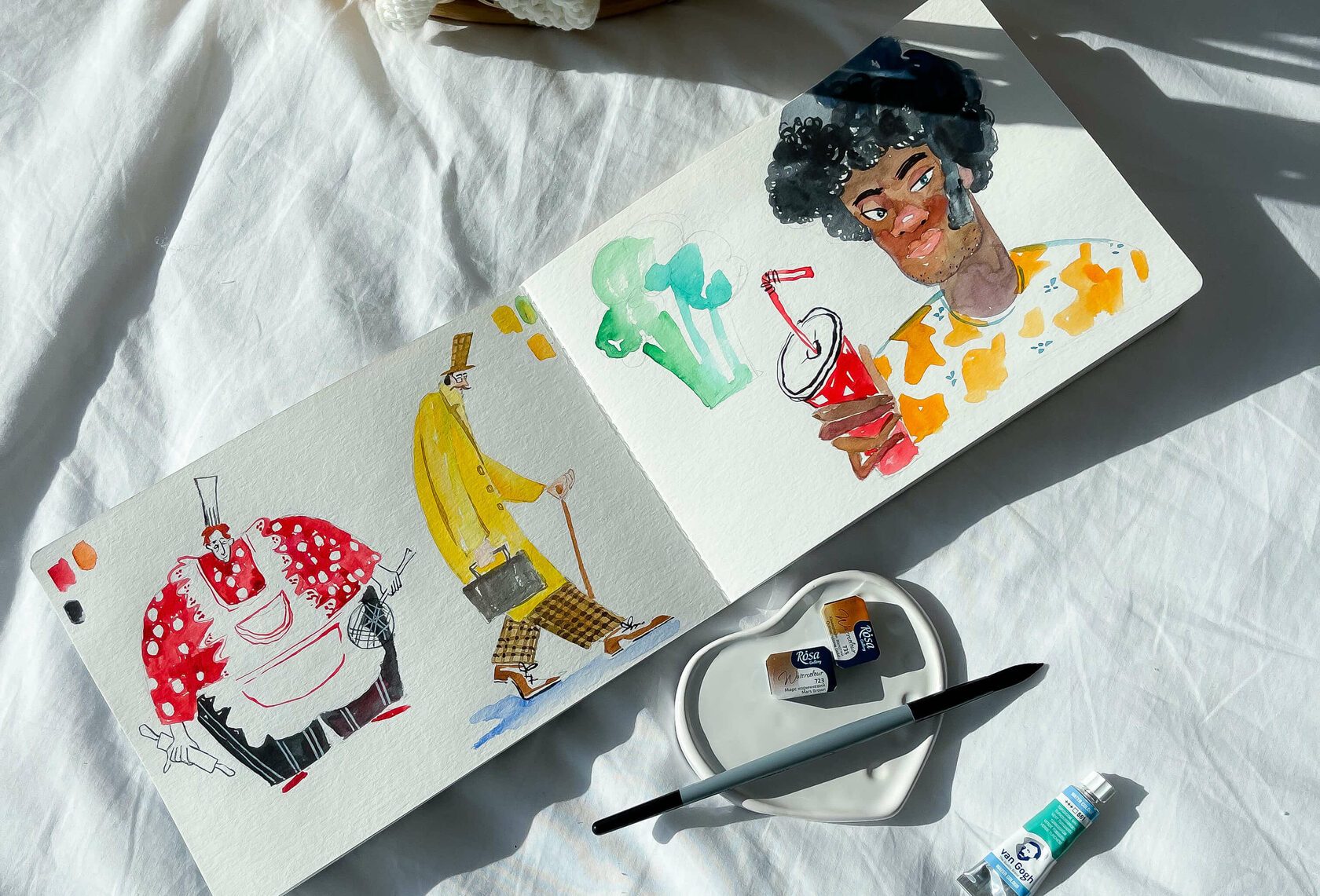
5. How to decorate a sketchbook
We have already said that there are no uniform rules for what a sketchbook should be, so everyone decorates and decorates it the way their imagination allows. A harmonious design for small drawings can be frames made of patterns or additions in the form of pasted pictures or drawing elements. Experiment with shapes, fold pages, trim corners or add glitter. Create everything that fantasy allows and this will be the best design for your sketchbook.
6. Don't be afraid of mistakes
Even having figured out what a sketchbook is and how to keep it, having come up with ideas for drawings and preparing everything you need, many people delay the moment they start working with a sketchbook, being afraid of damaged pages. But in fact, mistakes and failures cannot be avoided this way, so the learning process is only delayed and delayed. Remember that only those who do nothing do not make mistakes.
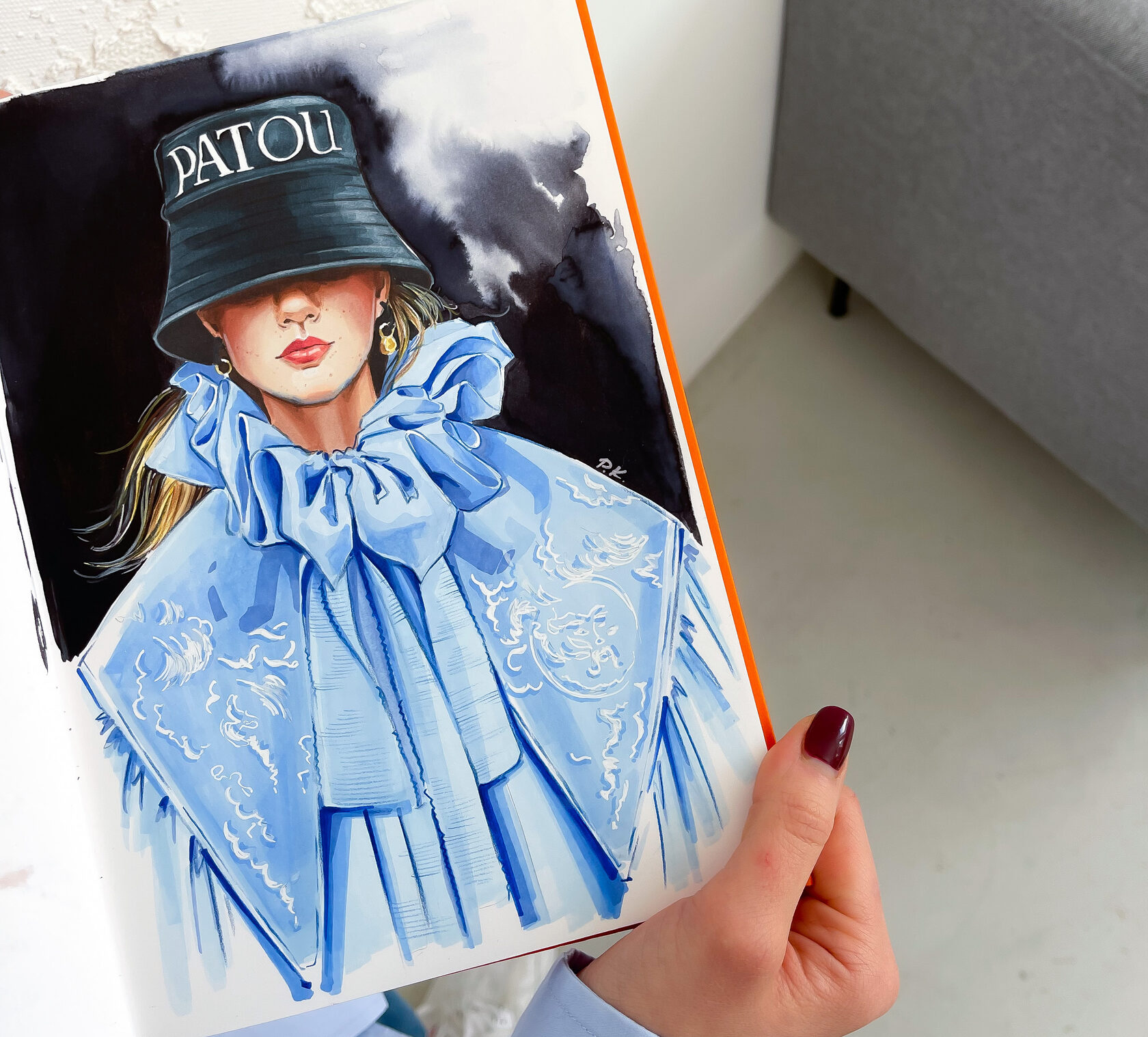
So that spoiled pages do not upset, you can come up with a design for them. Some albums and notebooks make it easy to tear out a sheet, while others will look sloppy. However, any drawing can be remade into something else, glue the picture you like on top or sketch with small patterns, creating a mesh over the failed drawing.
7. View your old drawings
By drawing every day, you will quickly improve your skills, but daily growth is usually difficult to notice on your own. Review your previous work, mark mistakes, repeat old drawings with new skills over and over again until you reach your ideal. And also, revisiting old drawings can give inspiration and suggest the idea of depicting the old in a completely new style and with new subtleties and details.
And most importantly, looking at your work, you will see the progress, the evolution of yourself as an artist. So you never want to quit what you started.
8. Don't be afraid to copy
In search of inspiration and new ideas, look through the works of other authors, visit exhibitions and galleries, pay attention to everything that surrounds you. Don't be afraid to copy other people's drawings and ideas. Remember that sketchbooking is learning, and it's good for learning to find an example. In addition, it is equally useful both to completely copy someone else's drawing, trying to understand how the author depicted this or that effect, and to refine it or completely rethink it.

9. Challenge yourself every day!
It often happens that ideas for a sketchbook have appeared, but the fear of failure does not even allow you to try to depict what has developed into a beautiful picture in your head. In fact, no one ever knows if he will succeed, and doubts are quite normal. However, fear and insecurity will not help you become a professional. Try it, take a risk. Perhaps it will turn out much better than you think, and if not, then on paper you can see your shortcomings and understand what exactly needs to be worked out and improved.

10. Sketching should be fun
If keeping a sketchbook is a burden for you and does not bring any positive emotions, then you should seriously consider whether you are doing everything right. Sketching is not only learning, but also pleasure, an outlet. Perhaps the reason for dissatisfaction is too slow professional growth, perhaps the choice of topics, or maybe this is not yours at all. You can cope with any problem, because the corresponding courses in interior sketching, fashion illustration, sketching with markers or basic drawing courses will help you grow faster. You can also change the theme or style that is used at any time, depending on changing preferences or skills. Well, if you get the feeling that this is not yours, then it is possible that it is so, and you definitely shouldn’t force yourself with an unloved thing.
11. Separate personal and professional
Many successful designers keep several sketchbooks at once. This allows you to separate professional work that can be shown to a potential customer from sketches and hobbies. For a working sketchbook, a strict style is usually chosen, often a notebook with a black hard cover. The drawings in it are arranged in a certain sequence, which is convenient for both the author and the potential client. A personal sketchbook can be absolutely anything and include both attempts to draw something for work, and sketches that are absolutely unrelated to it.

12. Sketchbook image of small drawings
Tumblr-style pictures can be considered a special kind of page design, spread, or even an entire sketchbook. These are small pictures-icons that are not explicitly related to each other. Most often they are depicted with a simple pencil, but sometimes they can be multi-colored. On one sheet there can be flowers, planets, stars, dishes, fruits and berries, birds, snowflakes and much more. At the end, the drawings are connected with a liner or marker, combining them into a single picture. From the outside, it may seem that someone was busy with something completely different when they randomly drew these drawings, or even that the work has several authors at once. Playing with different combinations of figures, practicing drawing all of them at once is a great way to spend a few free minutes with a sketchbook in hand.

13. Say yes to notes
Practice in drawing is great, but in the process of learning various interesting thoughts, questions and ideas will arise, and when you re-view the work, you will notice your mistakes. Leave space for text or alternate pictures with text pages. This will be especially useful for the very first sketchbook. Notes will help you grow faster, and will also help you remember your thoughts at the very beginning of the journey.

14. Don't be afraid to take a break!
Sometimes inspiration disappears, there is no strength and desire to do something and try, there is not even an understanding of whether you need it in the future. It's not scary, burnout occurs in the most beloved job, and in a hobby, and even in relationships. Despite the rule of daily work with a sketchbook, sometimes it is useful to take a short break. Just leave your notebook for a day, a week or even a month. New emotions and experiences will definitely make themselves felt when you are ready to return to sketching again, but at the same time this return will be filled with love and the desire to create.

15. Get started today!
What can be drawn in a sketchbook, how to design it, where to get ideas and inspiration - we have already sorted it all out. It remains only to take a notebook and start creating in it what you want right here and now. Don't wait for Monday, a new month, or good weather. May tomorrow you already be one step closer to your dream than today!
© Fantasy Room 2014–2025
service@fantasyroom.online
All rights reserved











